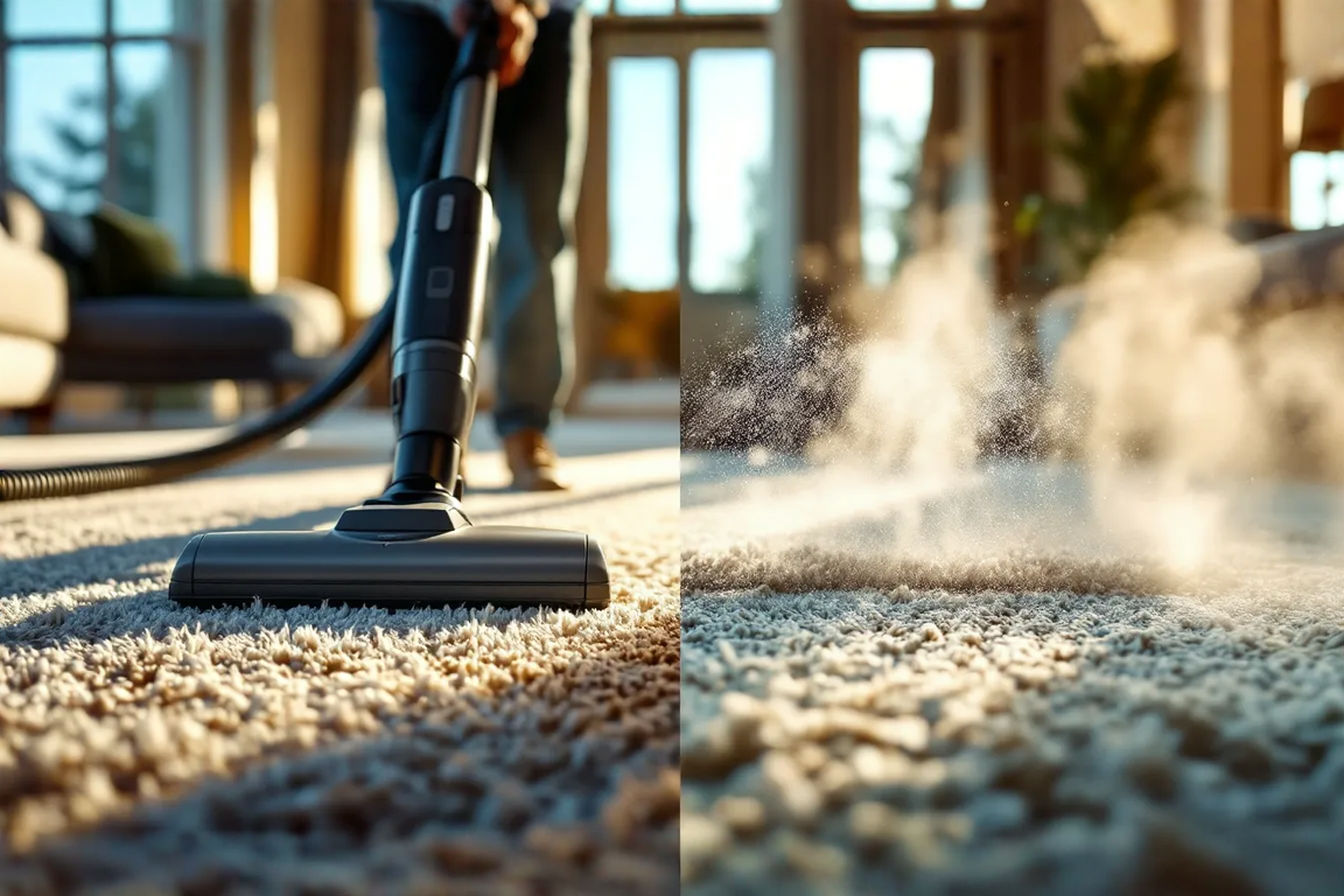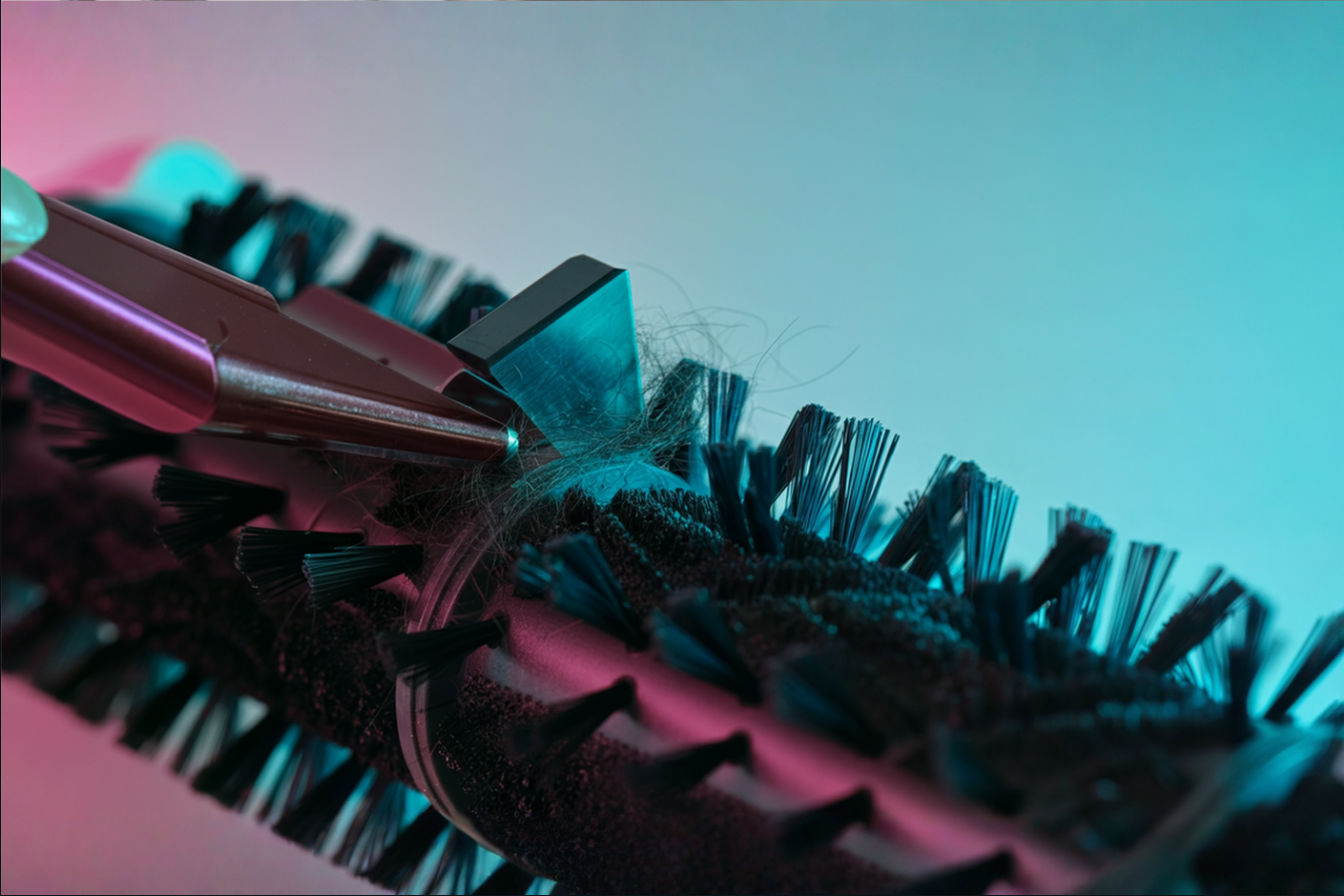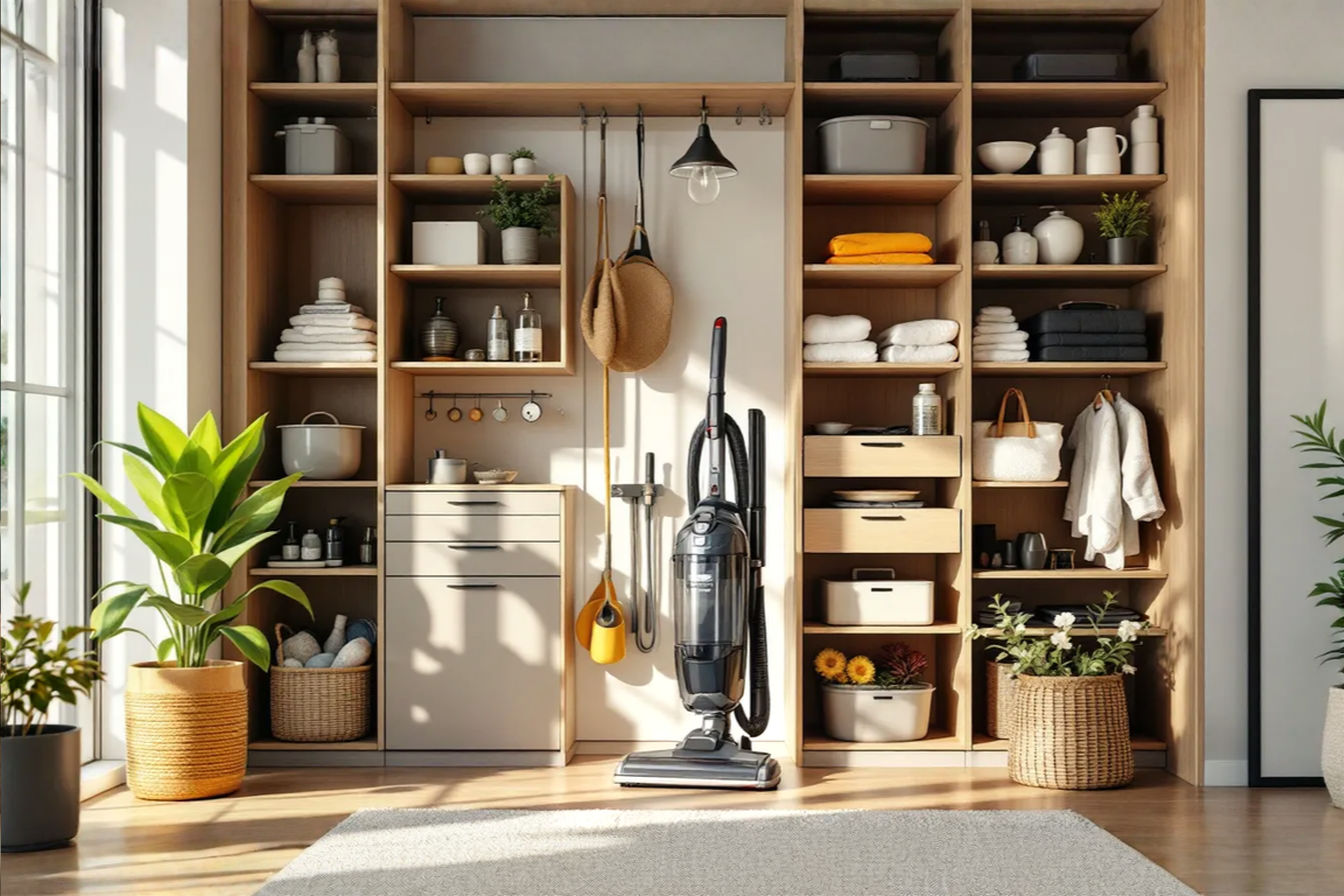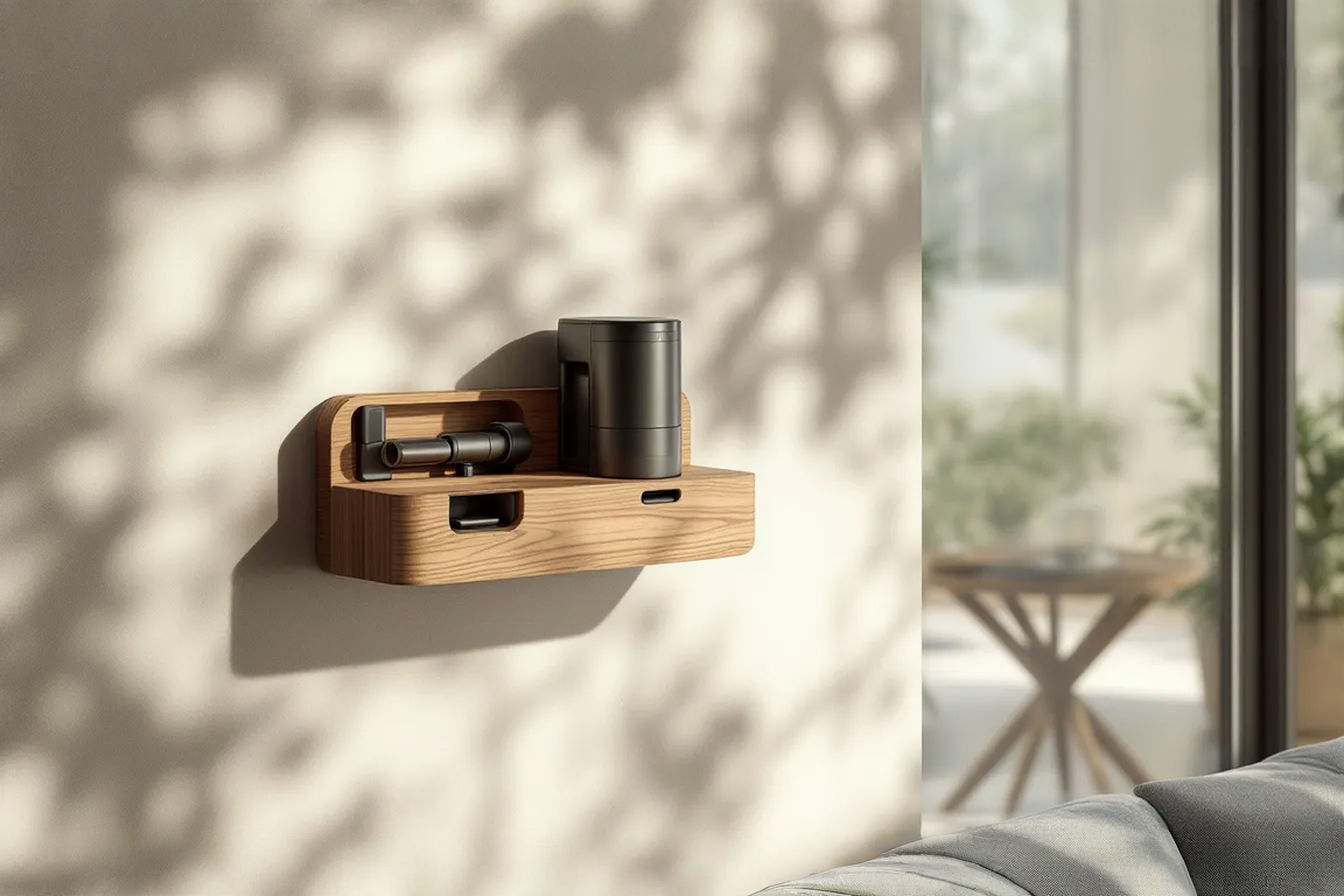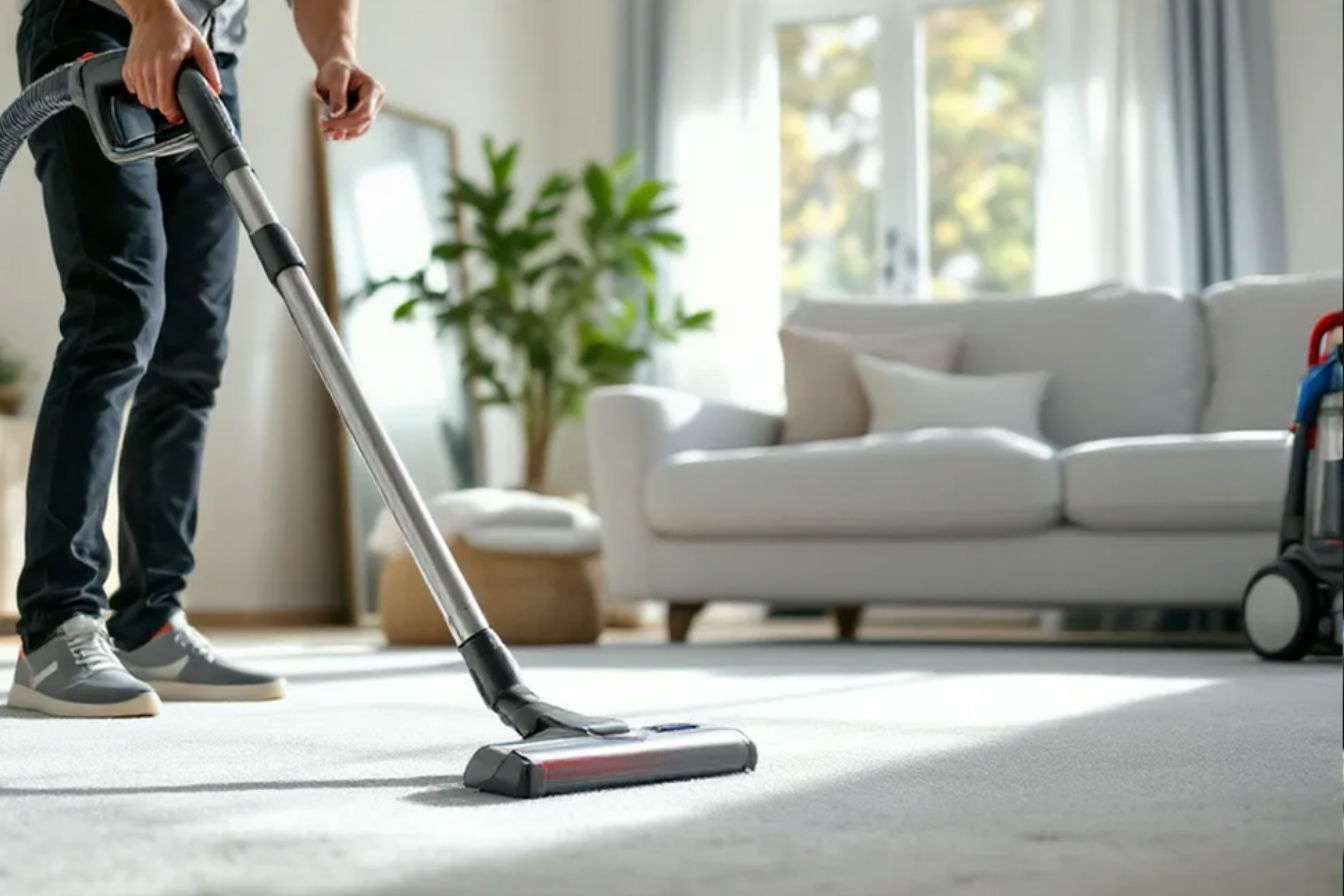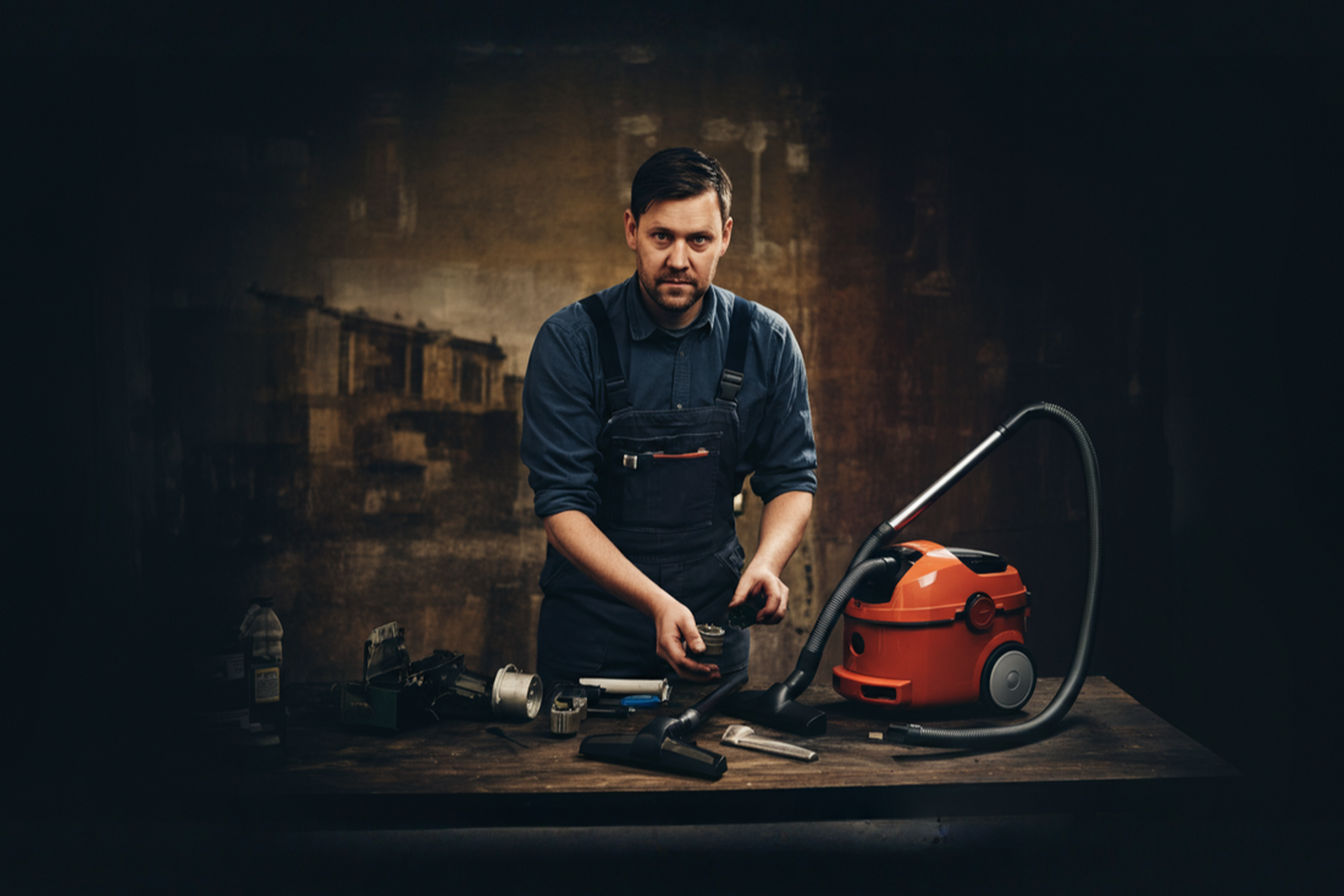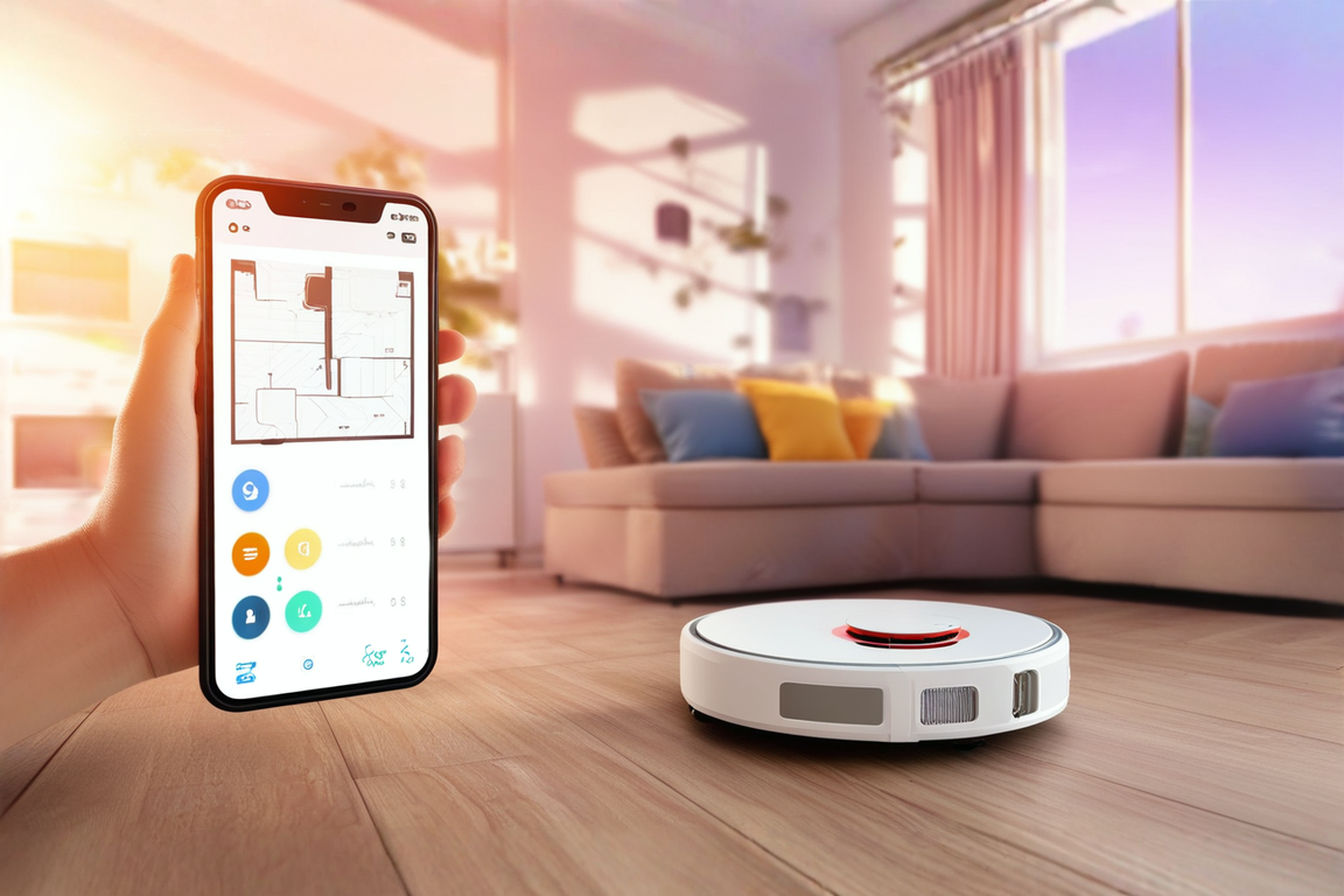Carpet Cleaner Compatibility: Building an Effective Vacuum and Deep-Clean System
Discover how to create the perfect carpet cleaning system by combining vacuuming with deep cleaning methods. Find compatible products and create a schedule that works for your home.
This post may contain affiliate links. If you make a purchase through these links, we may earn a commission at no additional cost to you.
Clean carpets make your whole home feel fresh and inviting. But keeping carpets truly clean requires more than just occasional attention – it needs a system. Most homeowners know they should vacuum, but many aren’t sure how to combine regular vacuuming with deeper cleaning methods for the best results.
When done right, vacuuming removes surface dirt and debris, while deep cleaning tackles what’s embedded deep in your carpet fibers. Using both methods together creates a complete carpet care system that extends your carpet’s life and keeps it looking its best.
In this guide, you’ll learn how to build an effective carpet cleaning system that combines regular vacuuming with the right deep cleaning methods. We’ll cover which products work well together, how often to clean your carpets, and how to tailor your approach to your specific carpet type and household needs.
Understanding Carpet Types and Their Needs
Before diving into cleaning methods, let’s understand what you’re cleaning. Different carpet materials and styles have unique needs.
Common Carpet Materials
Nylon carpets are durable and resist stains when treated properly. They handle regular deep cleaning well and are found in many homes.
Polyester offers good stain resistance naturally but can mat down in high-traffic areas. It needs gentle but regular cleaning to maintain its appearance.
Wool carpets are luxurious natural fibers that require special care. They can hold more dirt than synthetic fibers but need gentler cleaning products to avoid damage.
Olefin (polypropylene) resists moisture and stains but can attract oils. It’s often used in basements and commercial settings because it’s easy to clean.
Pile Types Matter Too
Loop pile carpets have yarn loops that stand upright. They hide dirt well but can trap more debris, requiring thorough vacuuming.
Cut pile carpets have cut fiber tips that stand straight up, creating a soft surface. These include plush, saxony, and frieze styles and need regular grooming during vacuuming.
Cut and loop combines both styles for a textured look. These carpets hide dirt well but need consistent cleaning to prevent buildup in the varied heights.
To identify your carpet type, check your carpet’s paperwork or cut a small fiber from an inconspicuous area and do a burn test (with appropriate safety precautions) – synthetic fibers melt while wool smolders.
The Foundation: Regular Vacuuming
Regular vacuuming is the backbone of any carpet care system. It removes up to 80% of dirt and debris that would otherwise work down into your carpet fibers.
Choosing the Right Vacuum
Several vacuum types work well for carpets:
Upright vacuums provide powerful suction and often feature beater bars that help lift embedded dirt from carpet fibers. They work best on medium to high-pile carpets in larger areas.
Canister vacuums offer great flexibility with detachable hoses and various attachments. They work well on different floor surfaces and are easier to maneuver under furniture.
Stick vacuums are lightweight and easy to use for quick cleanups. While less powerful than their larger counterparts, newer models provide surprising cleaning power.
Robot vacuums handle routine maintenance between deeper cleaning sessions. They’re not replacements for more powerful vacuums but help maintain cleanliness with minimal effort.
Key Features for Carpet Vacuuming
When selecting a vacuum for carpets, look for:
- Adjustable height settings to match your carpet’s pile height
- HEPA filtration to trap allergens rather than releasing them back into the air
- Brush roll with on/off feature for different carpet types
- Strong suction power measured in air watts or CFM (cubic feet per minute)
- Edge cleaning capabilities to reach dirt along baseboards
How Often to Vacuum
For most homes, vacuum high-traffic areas twice weekly and other carpeted areas at least weekly. Homes with pets, children, or allergy sufferers benefit from more frequent vacuuming – even daily in busy areas.
Proper vacuuming technique matters too. Make slow, overlapping passes and go over high-traffic areas multiple times from different directions to lift matted fibers and remove hidden dirt.
Deep Cleaning Methods Explained
While vacuuming removes surface dirt, deep cleaning tackles what’s embedded deeper in carpet fibers. Several methods exist, each with advantages for different situations.
Steam Cleaning/Hot Water Extraction
Steam cleaning (more accurately called hot water extraction) uses hot water mixed with cleaning solution that’s forced into carpet fibers then extracted along with dissolved dirt.
Pros:
- Provides the deepest clean possible
- Removes allergens, bacteria, and dust mites
- Works well on heavily soiled carpets
Cons:
- Requires drying time (4-24 hours)
- Can lead to mold if carpets don’t dry properly
- May require rental or professional equipment
Dry Cleaning Methods
Dry cleaning uses specialized machines and compounds that require minimal moisture.
Pros:
- Carpets dry quickly (usually within 1-2 hours)
- Good for moisture-sensitive carpets like wool
- Less risk of mold or mildew issues
Cons:
- May not clean as deeply as steam cleaning
- Some methods leave residue that can attract more dirt
- Often requires special equipment
Carpet Shampooing
This older method uses rotary machines that work foamy detergent into the carpet.
Pros:
- Effective on heavily soiled carpets
- Relatively affordable equipment
- Creates noticeable improvement in appearance
Cons:
- Uses lots of moisture requiring long drying times
- Can leave behind sticky residue that attracts dirt
- May lead to carpet shrinkage if overused
Bonnet Cleaning
Bonnet cleaning uses a rotating absorbent pad soaked in cleaning solution to absorb dirt from carpet surfaces.
Pros:
- Quick drying time
- Works for light maintenance cleaning
- Less moisture than shampooing
Cons:
- Cleans only the top third of carpet fibers
- Can cause carpet distortion if used incorrectly
- Not effective for deep soil
Encapsulation
This newer method uses synthetic detergents that crystallize into powder when dry, encapsulating soil particles that are then vacuumed away.
Pros:
- Uses minimal moisture with short drying times
- Leaves less residue than shampooing
- Carpets stay cleaner longer after treatment
Cons:
- Not as effective on heavily soiled carpets
- Requires high-quality vacuum for follow-up
- Special equipment needed for application
Building Your Carpet Cleaning System
Creating an effective carpet cleaning system means combining regular vacuuming with the right deep cleaning approach for your specific needs.
Selecting Your Primary Vacuum
For most homes, invest in a quality upright or canister vacuum with good suction power and HEPA filtration. Consider adding a stick vacuum or robot vacuum for maintenance between deeper cleaning sessions.
Match your vacuum to your carpet type:
- For high-pile or plush carpets, choose vacuums with adjustable height
- For loop carpets, select models without aggressive beater bars that might catch loops
- For homes with multiple flooring types, look for versatile models with attachments
Choosing Your Deep Cleaning Method
Your deep cleaning approach should consider:
Carpet material and construction: Delicate carpets like wool need gentler methods like dry cleaning, while synthetic carpets can handle hot water extraction.
Household situations: Homes with children and pets often benefit from the sanitizing effects of hot water extraction. Allergy sufferers also benefit from this method’s ability to remove allergens.
Climate conditions: Humid environments make fast-drying methods (like encapsulation or dry cleaning) more practical to prevent mold growth.
Budget considerations: Factor in equipment costs, rental options, and professional service prices when deciding.
Creating a Cleaning Schedule
An effective schedule might look like:
- Daily: Quick vacuum of high-traffic areas (robot vacuum works well here)
- Weekly: Thorough vacuum of all carpeted areas
- Quarterly: DIY deep cleaning method of choice
- Annually: Professional deep cleaning
Adjust this schedule based on your household activity level, presence of pets/children, and carpet manufacturer recommendations.
Compatibility Between Products and Methods
Not all carpet cleaning products work well together. Using incompatible products can damage carpets or reduce cleaning effectiveness.
Product Compatibility Guidelines
Vacuum first before any deep cleaning method to remove loose dirt and debris.
Wait between treatments – allow 24-48 hours after deep cleaning before applying any carpet protectors or treatments.
Check pH levels of cleaning solutions. Most carpets do best with slightly acidic to neutral cleaners (pH 5-8). Highly alkaline cleaners can damage carpet fibers and backings.
Test in inconspicuous areas before using any new product or combination.
Effective Combinations
Some winning combinations include:
- HEPA vacuum + hot water extraction with extraction machine for allergy sufferers
- Regular vacuum + encapsulation for busy households needing quick-drying solutions
- Vacuum with beater bar + dry cleaning method for wool carpets
- Powerful vacuum + bonnet cleaning for regular light maintenance between deeper cleanings
Products to Never Mix
Never combine:
- Ammonia-based products with bleach-containing cleaners (creates toxic fumes)
- Vinegar solutions with enzyme cleaners (vinegar deactivates enzymes)
- Different brands of stain treatments without testing (can cause color changes)
- Carpet shampoo with steam cleaning extraction unless specifically formulated for this use
Always read manufacturer’s instructions and carpet warranty information before applying any cleaning products.
DIY vs. Professional Solutions
Both DIY and professional approaches have their place in a complete carpet care system.
When to DIY
DIY cleaning works well for:
- Regular maintenance
- Fresh, minor spills and stains
- Households with minimal soiling
- Budget-conscious homeowners with time to clean
Popular DIY options include:
- Rental machines from grocery or hardware stores
- Portable consumer carpet cleaners
- DIY dry cleaning kits
These typically cost $30-60 per use for rentals or $100-300 to purchase consumer-grade equipment.
When to Call Professionals
Professional services make sense for:
- Annual or bi-annual deep cleaning
- After major events or heavy soiling
- Stubborn stain removal
- Carpets with special care requirements
Professional cleaning typically costs $120-300 for an average home, depending on square footage and service type.
Many carpet warranties require professional cleaning every 12-24 months to remain valid, so check your warranty requirements.
Special Considerations
Different households face unique carpet cleaning challenges.
Homes with Pets
Pet owners should:
- Vacuum 2-3 times weekly minimum
- Use carpet cleaners specifically designed for pet messes
- Consider hot water extraction 2-4 times yearly for sanitizing
- Treat accidents immediately with enzyme cleaners designed for pet stains
- Avoid steam cleaning urine spots without pre-treating, as heat can set odors
Homes with Children
Families with kids benefit from:
- Non-toxic, fragrance-free cleaning products
- Regular scheduled cleaning rather than occasional deep cleaning
- Carpet cleaners with quick drying times to minimize wet carpet exposure
- Spot cleaners kept ready for immediate treatment of spills
Allergy and Asthma Concerns
Allergy sufferers should prioritize:
- HEPA-filtered vacuums
- Hot water extraction cleaning that removes allergens
- Avoiding fragranced products that may trigger symptoms
- More frequent cleaning schedule than average households
- Professional cleaning that reaches deeper than consumer equipment
High-Traffic Areas
For busy areas like hallways and family rooms:
- Use entrance mats to reduce incoming dirt
- Vacuum daily if possible
- Consider different cleaning methods for different traffic zones
- Deep clean high-traffic areas more frequently than other spaces
Maintaining Your Carpet Between Cleanings
What you do between major cleanings greatly affects your carpet’s appearance and lifespan.
Quick Spot Cleaning Techniques
For effective spot cleaning:
- Blot spills immediately – never rub, which can spread the stain
- Keep a carpet spot cleaner designed for your carpet type ready at all times
- Treat spots from the outside in to prevent spreading
- Use clean white cloths or paper towels to prevent dye transfer
Preventative Measures
Implement these habits to keep carpets cleaner longer:
- Establish a no-shoes policy indoors
- Place entry mats at all doors
- Apply carpet protectant after deep cleaning
- Rearrange furniture occasionally to change traffic patterns
- Keep snacks and drinks in non-carpeted areas when possible
Refreshing Between Deep Cleanings
To refresh carpets between major cleanings:
- Sprinkle baking soda, let sit for 15-30 minutes, then vacuum thoroughly
- Use fabric fresheners designed for carpets (test in inconspicuous area first)
- Steam from a garment steamer can lift carpet pile and refresh appearance
- Groom carpets with a carpet rake to stand fibers up and remove hair
Troubleshooting Common Issues
Even with the best carpet cleaning system, problems can arise. Here’s how to address them.
Residue Problems
If carpets feel sticky or show rapid resoiling:
- Rinse with clear water extraction if possible
- Try vinegar solution (1 part vinegar to 3 parts water) extracted with a clean water rinse
- Use less product in future cleanings
- Consider switching to low-residue or encapsulation cleaners
Overwetting Issues
If carpets stay wet longer than 24 hours:
- Use fans and dehumidifiers to speed drying
- Open windows if weather permits
- Turn on air conditioning to reduce humidity
- Consider calling professionals with stronger extraction equipment
- Use less water in future cleanings
Returning Stains
For stains that reappear after cleaning:
- The spill may have soaked into carpet padding, wicking back up as it dries
- Clean again using less moisture and blot thoroughly
- For persistent stains, call professionals who can address padding issues
- Consider specialized treatments designed for specific stain types
Mold and Mildew Prevention
To prevent mold issues:
- Ensure carpets dry completely within 24 hours after cleaning
- Maintain indoor humidity below 60%
- Address any water leaks immediately
- Consider using antimicrobial treatments after cleaning in humid areas
Conclusion
Building an effective carpet cleaning system isn’t about finding one perfect solution – it’s about combining regular maintenance with appropriate deep cleaning methods for your specific situation.
Start with a good quality vacuum that suits your carpet type and establish a regular vacuuming schedule. Choose a compatible deep cleaning method based on your carpet material, household needs, and personal preferences. Remember that consistent maintenance prevents the need for intensive restoration cleaning later.
By understanding the compatibility between different cleaning approaches and creating a sustainable routine, you’ll extend your carpet’s life, maintain its appearance, and create a healthier home environment.
Take time to test different products and methods in inconspicuous areas before committing to a full-house approach. Document what works well for your specific carpets and create a calendar reminder system for regular maintenance tasks.
With the right combination of tools, products, and techniques, you can enjoy beautiful, clean carpets for years to come.

